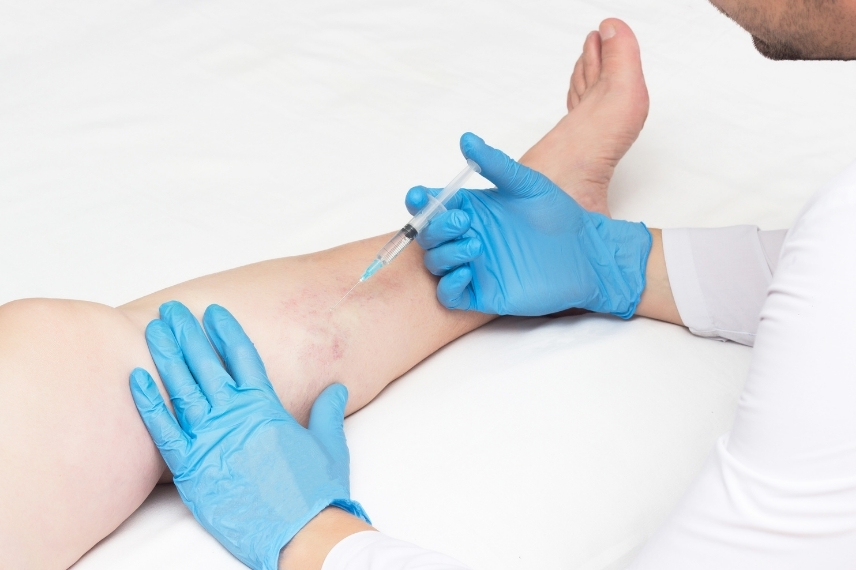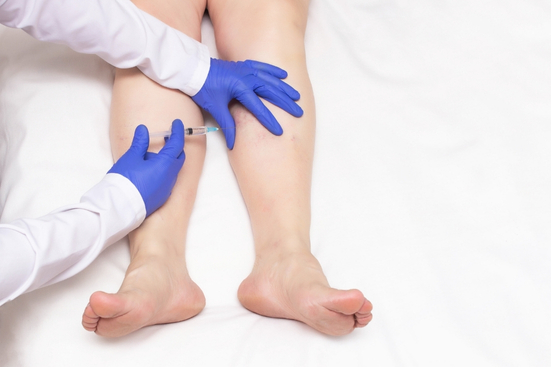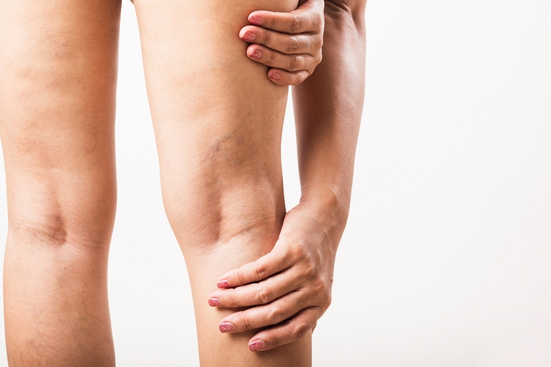Sclerotherapy and Foam Sclerotherapy
- Home
- Sclerotherapy and Foam Sclerotherapy
Contact
Phone
Address
Yeşilköy / Bakırköy / İstanbul
Nişantaşı / İstanbul

Sclerotherapy and Foam Sclerotherapy: Effective Treatments for Varicose and Spider Veins
Sclerotherapy and its advanced form, foam sclerotherapy, are popular, minimally invasive treatments for varicose and spider veins. These procedures are renowned for their effectiveness in not only improving the appearance of unsightly veins but also alleviating associated symptoms such as aching, swelling, and discomfort. This article provides an insightful overview of sclerotherapy and foam sclerotherapy, detailing their procedures, benefits, and what patients can expect from these treatments.
Understanding Sclerotherapy
Sclerotherapy involves the injection of a sclerosing solution directly into the affected veins. This solution irritates the vein walls, causing them to stick together, collapse, and eventually turn into scar tissue that fades over time. The procedure is particularly effective for treating small to medium-sized varicose veins and spider veins, offering both cosmetic and symptomatic relief.
The Sclerotherapy Procedure
Sclerotherapy is typically performed in a doctor’s office and does not require anesthesia. The procedure includes the following steps:
- **Vein Assessment**: The targeted veins are identified, and their severity is assessed, often with the aid of ultrasound imaging.
- **Injection**: The sclerosing agent is injected into the affected veins using a fine needle. Patients may experience mild discomfort or a cramping sensation for a few minutes, especially when larger veins are treated.
- **Compression**: After the injection, compression stockings or bandages are applied to the treated area to help close the veins and reduce bruising.
- **Recovery**: Patients can usually resume normal activities immediately after the procedure, although they are advised to avoid strenuous exercise for a few days.
Foam Sclerotherapy: An Enhanced Technique
Foam sclerotherapy is a variation of the standard procedure where the sclerosing agent is mixed with air or a physiological gas to create a foam. This foam has a larger surface area than liquid sclerosants, allowing for better contact with the vein wall and making it particularly effective for larger varicose veins.
The Foam Sclerotherapy Procedure
The foam sclerotherapy procedure follows similar steps to traditional sclerotherapy, with the primary difference being the type of sclerosant used. Foam’s consistency enables it to displace blood within the vein more effectively, allowing for more efficient treatment of larger or more complex varicose veins.
Benefits of Sclerotherapy and Foam Sclerotherapy
– **Minimally Invasive**: Both procedures are less invasive than surgery, with no need for hospitalization or general anesthesia.
– **Quick and Convenient**: Treatments typically take less than an hour, and patients can return to daily activities almost immediately.
– **Effective**: Many patients see significant improvement in the appearance and symptoms of treated veins, often within weeks.
– **Minimal Discomfort**: While some patients may experience mild side effects like bruising or temporary discoloration, serious complications are rare.
Considerations and Recovery
Post-treatment, patients are encouraged to walk and stay active to promote circulation. Compression garments are usually recommended for a period to ensure optimal results. While sclerotherapy and foam sclerotherapy are safe and effective for most patients, they are not suitable for everyone, particularly pregnant women or individuals with certain medical conditions.
Conclusion
Sclerotherapy and foam sclerotherapy represent effective, minimally invasive options for those looking to treat varicose and spider veins. By addressing both cosmetic concerns and discomfort, these treatments offer individuals a path to improved vein health and enhanced quality of life. As with any medical procedure, a consultation with a qualified vein specialist is crucial to determine the most appropriate treatment based on individual needs and vein conditions. With the right approach, sclerotherapy and foam sclerotherapy can provide lasting relief and aesthetic improvement for those affected by vein insufficiency.

